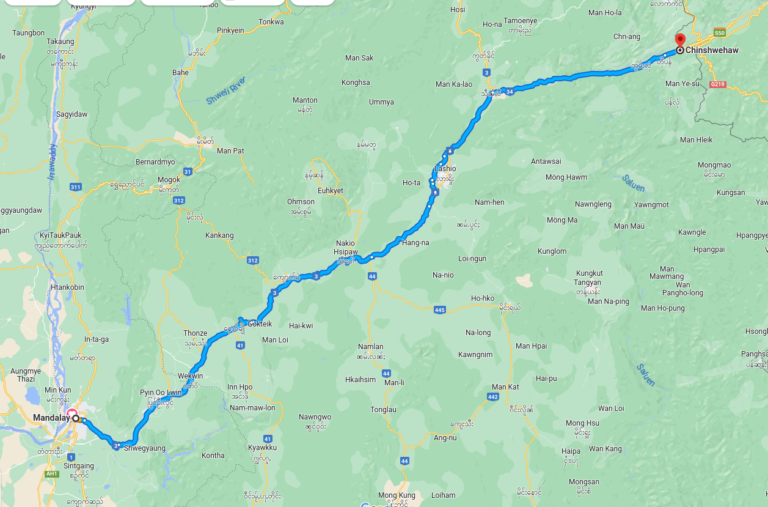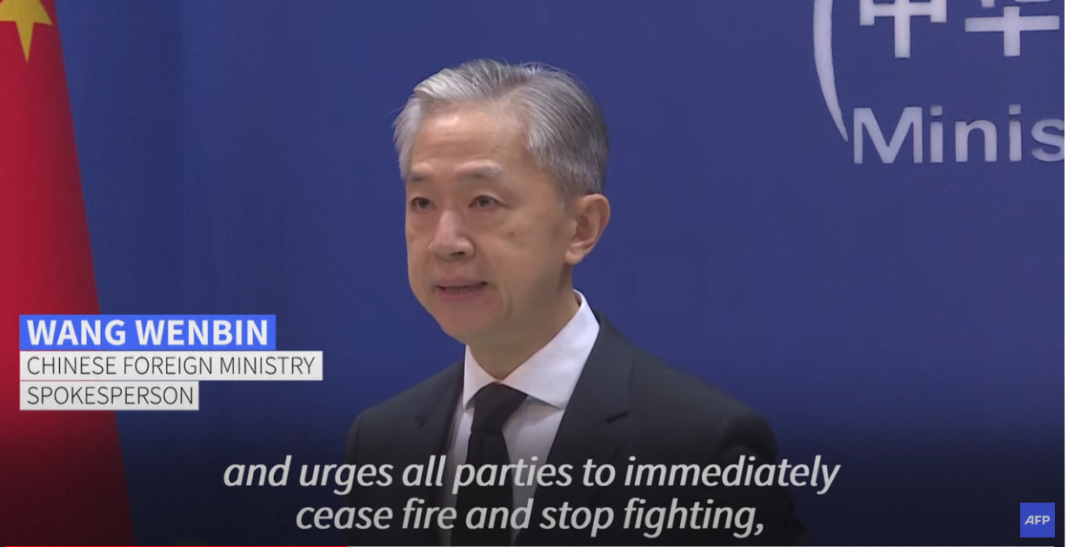by Theo Guzman
The combined forces of three ‘ethnic armies’, the regional militias that have been fighting the Burmese central government for years, have captured the strategic town of Chinshwehaw, leaving the Burmese military junta without control of a border town with China in northern Shan State. But the real news is that after the junta announced that the town was in rebel hands, Beijing called for dialogue and a ceasefire.

This is the first time that China has taken such a strong public stance, entrusted to Foreign Ministry spokesman Wang Wenbin: “China,” he said in a video published by France Presse on Thursday, “urges all parties to immediately cease fire and stop fighting” and calls on the warring parties to “resolve their differences by peaceful means through dialogue and consultation”. This call for an ‘immediate ceasefire’ is a break with the past. The People’s Republic of China (PRC) has never criticised the coup, and although it supplies them with arms and other resources, it resents them: China has never liked the Burmese military. Is this a turning point?
But there is another relevant fact about this offensive, which began a week ago. The Brotherhood is an alliance that was born in 2019, but remained on the sidelines at the time of the military takeover in 2021; the Arakan Army in particular seemed uncertain about what to do. In recent days, both the Kachin National Army (anti-junta from the start) and the Mandalay People’s Defence Force, made up of armed civilian brigades under the secret National Unity Government (NUG) and trained by ethnic armies, have joined the fighting (their communiqué here, pictured left).
The fall of a border town is nothing new in a country where the junta barely controls some of the border crossings with foreign countries and supplies them by helicopter, as the territory of the peripheral regions is almost completely out of its control. According to a September 2022 report, the military coup junta has a “stable” grip on only 72 of the country’s 330 townships, with the area outside the full control of the Tatmadaw (the government army) amounting to 52% of the country’s territory, rising to 90% in the periphery, including disputed or lost areas. A few weeks ago, a representative of the NUG said that the area outside the junta’s control was now 80%.
On the cover photo, a still from the video published by Afp on YouTube
In the text, the road from Mandalay to Chinshwehaw as reported by GoogleMap
























